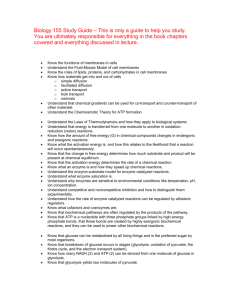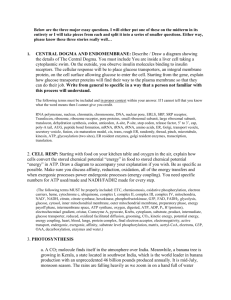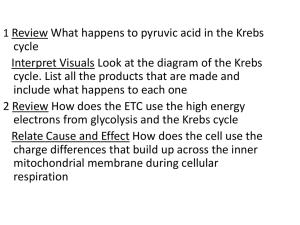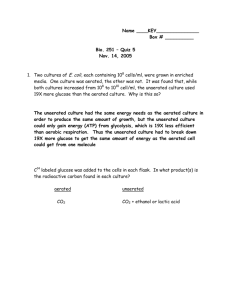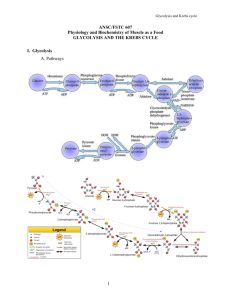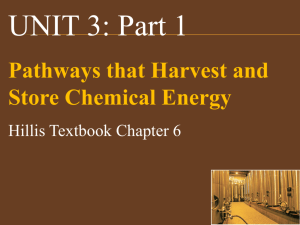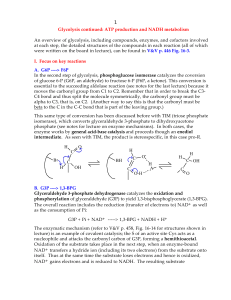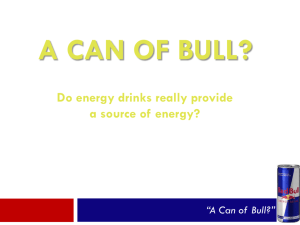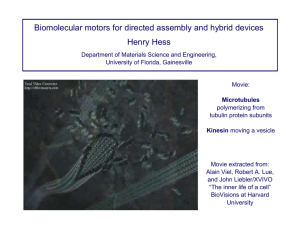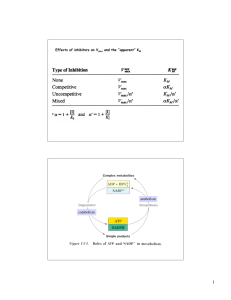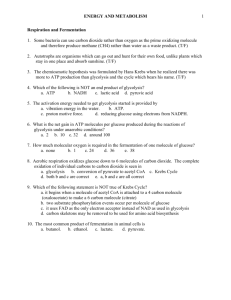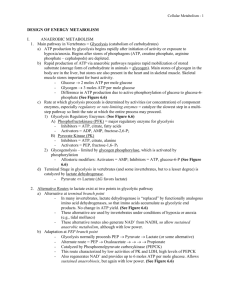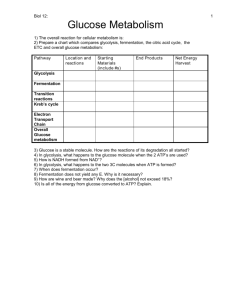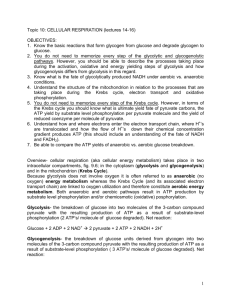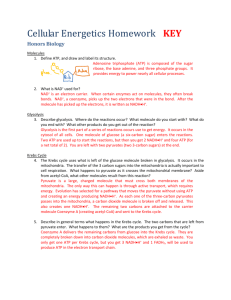Quiz #3 - San Diego Mesa College
advertisement
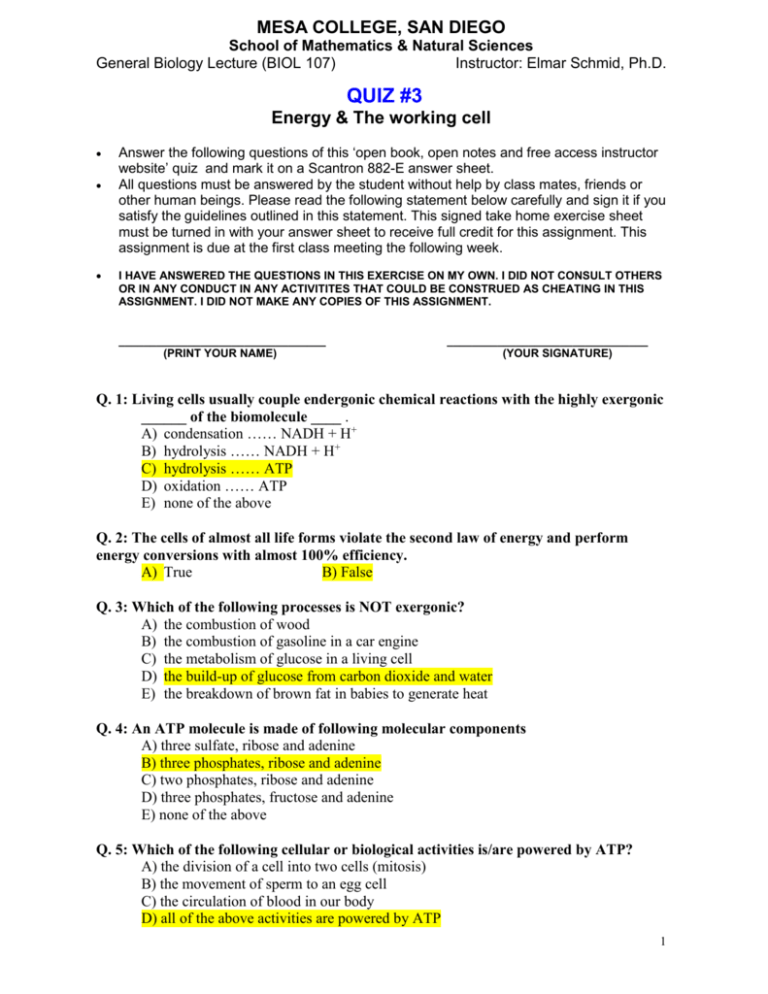
MESA COLLEGE, SAN DIEGO School of Mathematics & Natural Sciences General Biology Lecture (BIOL 107) Instructor: Elmar Schmid, Ph.D. QUIZ #3 Energy & The working cell Answer the following questions of this ‘open book, open notes and free access instructor website’ quiz and mark it on a Scantron 882-E answer sheet. All questions must be answered by the student without help by class mates, friends or other human beings. Please read the following statement below carefully and sign it if you satisfy the guidelines outlined in this statement. This signed take home exercise sheet must be turned in with your answer sheet to receive full credit for this assignment. This assignment is due at the first class meeting the following week. I HAVE ANSWERED THE QUESTIONS IN THIS EXERCISE ON MY OWN. I DID NOT CONSULT OTHERS OR IN ANY CONDUCT IN ANY ACTIVITITES THAT COULD BE CONSTRUED AS CHEATING IN THIS ASSIGNMENT. I DID NOT MAKE ANY COPIES OF THIS ASSIGNMENT. _________________________________ (PRINT YOUR NAME) ________________________________ (YOUR SIGNATURE) Q. 1: Living cells usually couple endergonic chemical reactions with the highly exergonic ______ of the biomolecule ____ . A) condensation …… NADH + H+ B) hydrolysis …… NADH + H+ C) hydrolysis …… ATP D) oxidation …… ATP E) none of the above Q. 2: The cells of almost all life forms violate the second law of energy and perform energy conversions with almost 100% efficiency. A) True B) False Q. 3: Which of the following processes is NOT exergonic? A) the combustion of wood B) the combustion of gasoline in a car engine C) the metabolism of glucose in a living cell D) the build-up of glucose from carbon dioxide and water E) the breakdown of brown fat in babies to generate heat Q. 4: An ATP molecule is made of following molecular components A) three sulfate, ribose and adenine B) three phosphates, ribose and adenine C) two phosphates, ribose and adenine D) three phosphates, fructose and adenine E) none of the above Q. 5: Which of the following cellular or biological activities is/are powered by ATP? A) the division of a cell into two cells (mitosis) B) the movement of sperm to an egg cell C) the circulation of blood in our body D) all of the above activities are powered by ATP 1 MESA COLLEGE, SAN DIEGO School of Mathematics & Natural Sciences General Biology Lecture (BIOL 107) Instructor: Elmar Schmid, Ph.D. Q. 6: “Redox” reaction is an abbreviation for chemical A) redunant oxidation reaction B) reduction oxidation reaction C) reduction oxygenation reaction D) reduced oxygen reaction E) none of the above Q. 7: Generally, oxidation of a molecule is accompanied by the A) loss of one or two electrons B) gain of one or two electrons C) loss of two protons D) gain of two protons E) destruction of one or two electrons Q. 8: During the biological degradation of glucose within a cell, the carbon skeleton of glucose is _______ by a class of enzymes called ________ . A) reduced ….. dehydrogenases B) oxidized …… dehydrogenases C) oxidized ……. reductases D) reduced …… oxidases E) none of the above Q. 9: Which of the following is/are (a) molecule(s) involved in metabolic redox reactions in living organisms? A) ATP B) NAD+ C) FAD D) ubiquinone E) b, c and d Q. 10: Most enzymes found in living systems are complex cellular molecules made of ____ stringed together A) nucleotides B) amino acids C) lipids D) sugars E) fatty acids Q. 11: When an enzyme catalyzes a chemical reaction A) it lowers the activation energy of that reaction B) it raises the activation energy of that reaction C) it add kinetic energy to that reaction D) it leaves the chemical reaction unchanged E) both a and d Q. 12: Respiration means gas exchange and cellular respiration refers to the production of ATP from the energy of food molecules. A) True B) False 2 MESA COLLEGE, SAN DIEGO School of Mathematics & Natural Sciences General Biology Lecture (BIOL 107) Instructor: Elmar Schmid, Ph.D. Q. 13: The chemical ‘center piece’ reaction of cellular respiration is called ____, which occurs in the ______ of an eukaryotic cell. A) glycolysis ….. mitochondria B) the Krebs cycle …. mitochondria C) the Krebs cycle …. cytosol D) glycolysis …. cytosol E) metabolism …. Cytosol Q. 14: During glycolysis the cell manages to net produce ___ molecules of ATP for every molecule of glucose metabolized. A) 1 B) 2 C) 4 D) 8 E) 38 Q. 15: During cellular respiration, the chemical energy of glucose A) is released in a sudden combustion reaction B) is used to manufacture ATP by coupling its build up to exergonic chemical reactions C) is released a little bit at a time in a series of chemical reactions D) is released after fermentation E) both, b and c Q. 16: Which of the following is NOT true of glycolysis? A) no carbon dioxide is released B) no oxygen is required C) two 3 carbon molecules called pyruvate are produced D) no NADH + H+ is generated, only ATP E) it takes place in the cytosol of literally all cells of life on earth Q. 17: During one complete cycle within the Krebs cycle a cell generates ___ NADH + H+ and ___ ATP molecule(s). A) 2 … 0 B) 2 … 1 C) 3 … 1 D) 3 … 2 E) 4 … 1 3

